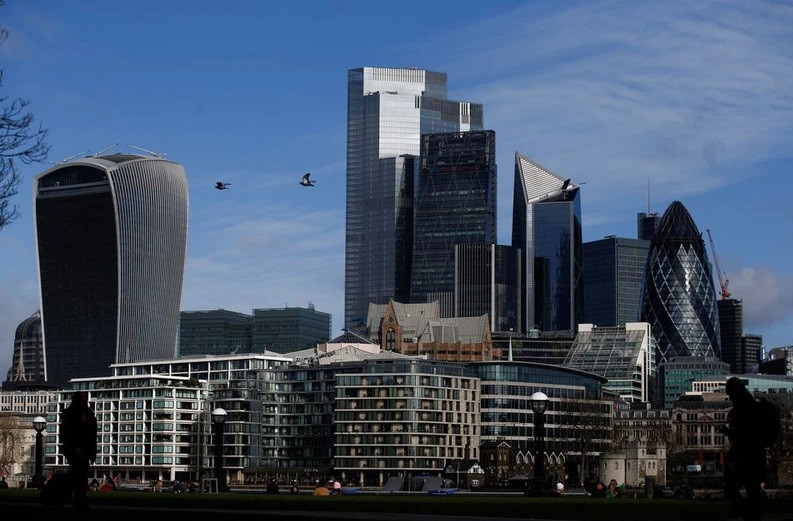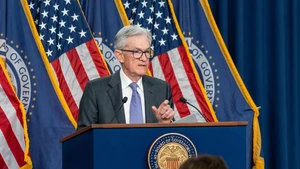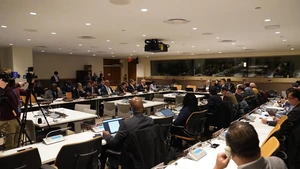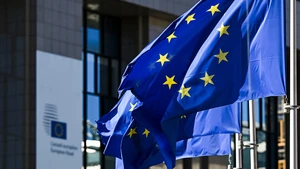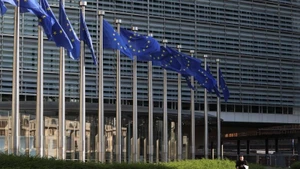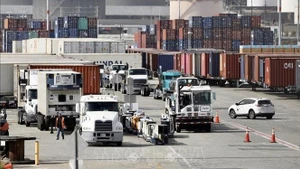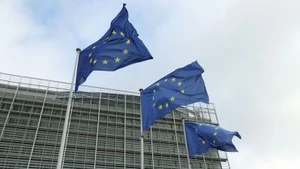The latest report released by the National Bureau of Statistics of China (NBS) on September 30, showed that the country’s factory activity increased for the first time in six months.
Accordingly, the PMI Index of China's manufacturing sector increased from 49.7 points in August, to 50.2 points in September, higher than the 50 points previously forecast by experts. In addition to the above figures, short-term data including consumer spending during the National Day holiday, are also expected to provide a boost to the world's second-largest economy. The country's "Golden Week" holiday began on September 29 and the Chinese media said that the number of rail passengers on the first day of the holiday reached 20 million - a record calculated by day and is also an optimistic start for the whole economy.
The PMI Index of China's manufacturing sector increased from 49.7 points in August, to 50.2 points in September, higher than the 50 points previously forecast by experts.
Meanwhile, another major Asian economy, the Republic of Korea, has also shown positive signs of recovery.
According to S&P Global Market Intelligence’s Chief Economist for the Asia-Pacific region, Rajiv Biswas, the RoK economy will grow by 1.4% this year. Meanwhile, the country's Central Bank (BoK) is expected to lower interest rates twice next year. BoK has raised interest rates seven times in a row, from April 2022 to January 2023, to support economic growth. Regarding exports, analysts believe that although China's economic slowdown will put pressure on RoK exports, the decline in exports will be limited, thanks to the recovery of chip demand in other countries.
Europe's major economies have also shown more positive signs of recovery in recent weeks. Data from the Office for National Statistics (ONS) shows that the UK's economy, as of the end of the second quarter of this year, has grown by more than 1.8%, compared to the level before the COVID-19 pandemic broke out. Meanwhile, the corresponding growth rate of the French economy was 1.7% and Germany's was 0.2%.
In August, the ONS estimated that UK economic growth was only 0.2% compared to the level at the end of 2019. The ONS has adjusted its assessment of the UK economy in the first three months of this year, according to which the GDP of the UK increased by 0.3%, compared to the previous estimate of 0.1%. The assessment comes after separate data released earlier this month, showed the UK economy recovered quickly from the pandemic period.
Inflation in Europe has “cooled down” and is decreasing clearly. On September 29, Eurostat, the Statistical Office of the European Union, said that September inflation in the Eurozone fell to near the lowest level in the past 2 years.
Another notable factor is that inflation in Europe has “cooled down” and is decreasing clearly. On September 29, Eurostat, the Statistical Office of the European Union, said that September inflation in the Eurozone fell to near the lowest level in the past 2 years. According to Eurostat, Eurozone consumer prices increased by 4.3% year-on-year, the lowest level since October 2021. This parameter is lower than the forecast of 4.5% given by many analysts. Previously, inflation peaked in the Eurozone at 10.6% in October 2022, causing deep concern throughout the Old Continent.
Meanwhile, the US economic outlook has also become brighter. Since the most recent meeting of the US Federal Reserve (FED) in July, the inflation rate has continued to decrease, while growth, although not high, has been stable and solid, and the job market has been improving. The core inflation rate in June and July, excluding volatile food and energy prices, was at its lowest level in nearly two years. Many experts believe that the current developments in the US economy are the basis for FED policymakers to once again “brake” interest rates.
However, although more positive signals have appeared, major economies in the world still face many challenges.
In China, investment in the real estate sector continues to decline, as the crisis has threatened the recovery prospects of the world's second-largest economy. In August, new home prices in China fell at the fastest pace in 10 months and real estate investment fell for the 18th consecutive month. Meanwhile, the risk of "hot" inflation returning is threatening most economies globally, as oil prices increased sharply in the last quarter and rice prices have skyrocketed. Closing the trading session on September 27, in the New York market, US crude oil prices rose to their highest level in more than a year. Specifically, the price of US WTI light sweet oil delivered in November, increased by 3.6%, to 93.68 USD/barrel, as oil traders began to consider the price of 100 USD.
Meanwhile, rice prices have risen to their highest level in nearly 12 years, after India's rice export ban and adverse weather conditions, reduced Asia's supply of the staple food.
The above signals show that the risk of a global economic recession in 2023 has gradually been eliminated. However, overall, the world's economic picture is still mixed with many dark patches. In that context, demand stimulation to create motivation to restore growth and close cooperation among international organisations and countries, to adjust financial policies, fight inflation, and prevent oil and food prices from increasing galloping, are still things that need to be done immediately.
